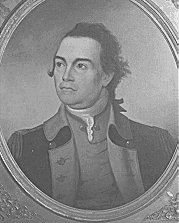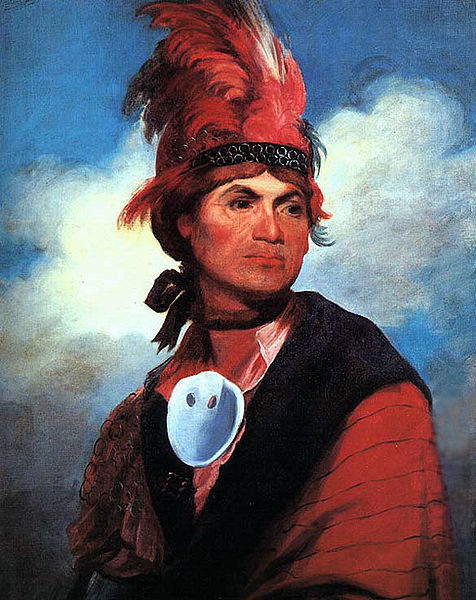When the Revolutionary War was just beginning, both the British and the Americans tried to garner the support of the native American Indians, or, at the very least, ensure their neutrality. Most of them chose to side with the British. In June of 1778, stirrings caused the Continental Congress to come to the agreement that a major war with the Indians and the Tories was on the brink of outbreak. They, therefore, decided to launch an expedition led by General Horatio Gates to put a stop to it.

General John Sullivan, by A. Tenney
Public domain image.
However, the expedition was put off. No more than a month later, Loyalist commander Colonel John Butler, led a group of rangers in an attack on a settlement in the Wyoming Valley and overthrew it. This was answered in September by a group of 200 American soldiers, led by Colonel Thomas Hartley, burning somewhere between nine and twelve villages along the Susquehanna River in northern Pennsylvania for revenge. In turn, this revenge mission only caused another attack, this time by John Butler’s son, Captain Walter Butler. Walter led his loyalist troops along with 30 Indians led by Joseph Brant on Cherry Valley in New York. The Indians horrified the colonists by scalping 16 soldiers and 30 civilians!

Mohawk Indian Joseph Brant, by Gilbert Stuart
Public domain image.
This convinced General George Washington to finally, in March of 1779, appoint Major General John Sullivan to lead what is now known as “The Sullivan Expedition”. Three brigades were appointed to march through Pennsylvania and one through New York. Their instructions were to completely destroy every Indian village they came upon. They were not allowed to listen to any peace talk until the villages and crops were entirely destroyed to the point that the villagers could not regrow them.
The brigades did just that. They marched through their routes killing and destroying until they finally finishing the Sullivan Expedition at Fort Sullivan at the end of September. They had accomplished what they set out to do. By John Sullivan’s count, they had annihilated 40 villages, along with all of the crops and orchards. The British Governor of Quebec did not supply sufficient troops to back up these Indian allies until too late. He dispatched about 600 men toward the end of September to defend, but the Sullivan Expedition had already ended.


